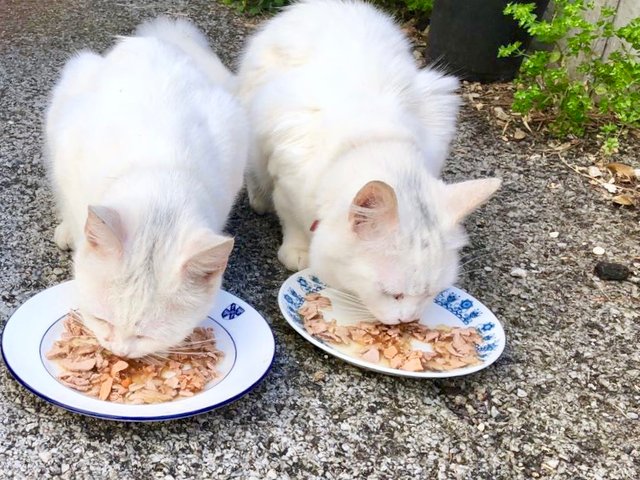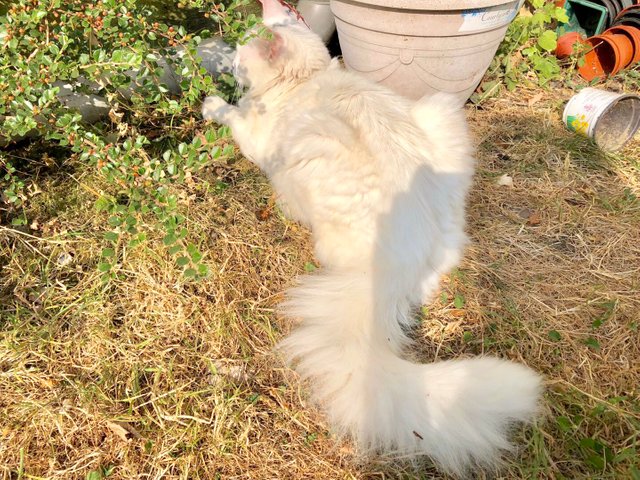First Aid VII

Treating Bite Wounds
Cats are proud predators and will assert dominance where they are required. This is especially true in unneutered toms that roam freely, trying to claim their desired mates and defend their territory. This can lead to a life of conflict that often results in violent skirmishes between cats. Fighting can occur internally in the house, outside with other cats and even with other species such as foxes, dogs, snakes and much more. It is important to understand that physical conflict can lead to infectious wounds as scratching and most importantly biting is often involved. The bacteria carried in bite wounds can manifest into an infected opening and should be treated immediately.
If carrying out a daily inspection of a cat’s body during its grooming process, it may not be obvious that a cat has suffered from a bit wound at all and only during close inspection will this become apparent. If a cat is acting a little out of character and in solitude while it grooms itself, this may be a sign of post conflict battle and it is licking its wounds in an effort to clean them. Regular grooming and checks through visual and physical inspection will help identify potential wounded areas. If a bite wound is discovered, calmly secure the cat in a blanket or other means to keep warmth and seek medical advice from a professional. An antiseptic will often be enough to treat these wounds but infected wounds that have begun to fester will need specialist treatment. Deeper wounds may also require stitches.
In events where incisions or other puncture type wounds have been inflicted onto a cat, infection is possible. This may result in a puss filled abscess that can increase in size over time and eventually implode, causing more pain and even potential blood poisoning that can be fatal. Again, discovery of these types of wounds can be found through regular interaction and close grooming of a cat. Draining an abscess should not be done at home and should be carried out by a vet who will be able to assess and use the correct tools for treatment. It is important to regularly check around the head and neck area as these are the most likely areas of damage after a fight. The paws and tail of a cat may also be susceptible to damage as well.

To listen to the audio version of this article click on the play image.

Brought to you by @tts. If you find it useful please consider upvoting this reply.